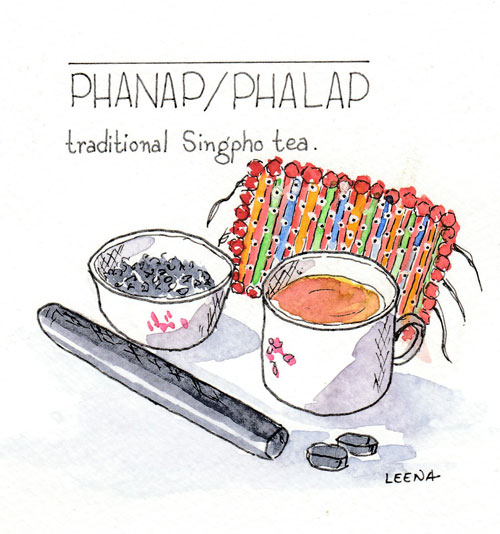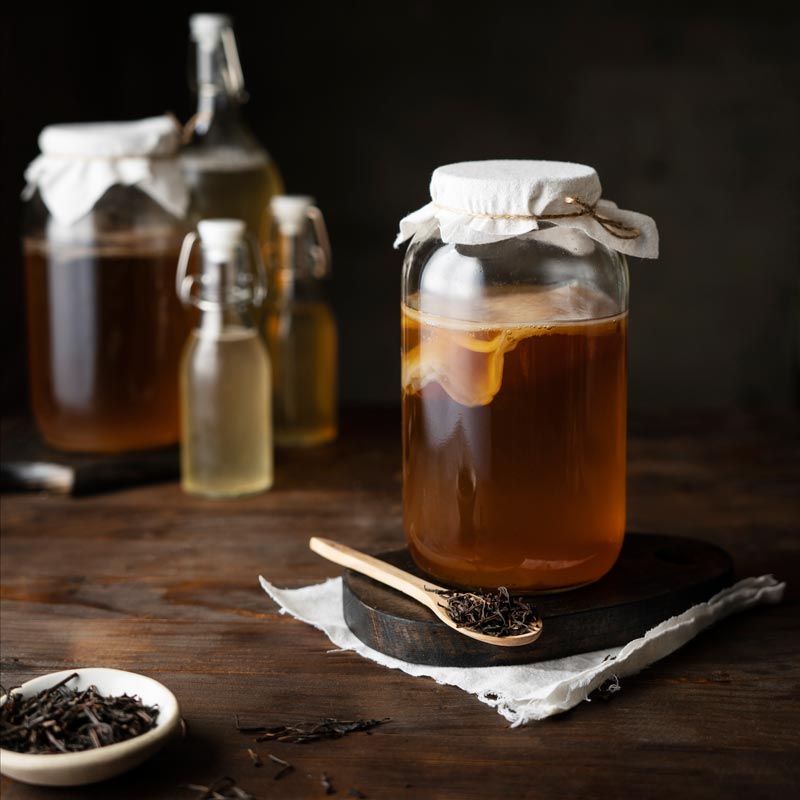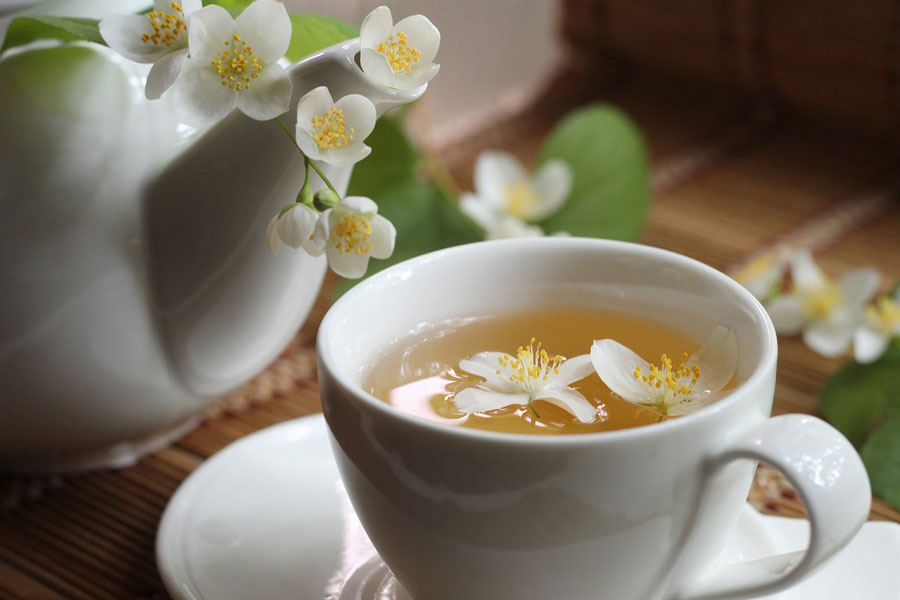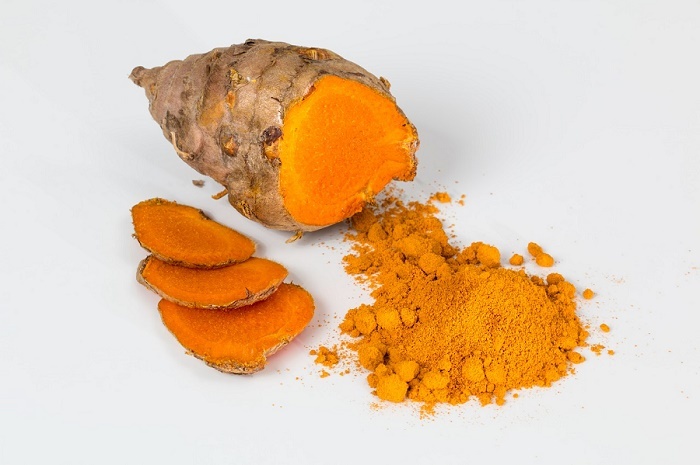When I first heard of the town Margherita, I wondered how the town came to be known by such an unusual name in a place like Assam. The story was there, of course, a mere click away. An Italian engineer, C. R Paganini, had come to Assam to supervise the construction of the rail section. He named the town Margherita after the 19th century Italian queen and the name stayed. Why I talk about this town today is because it is home to a tribal community called the Singphos.
The Singphos are the inhabitants of Margherita of the Tinsukia district of Assam. They also populate the Changlong and Lohit district of Arunachal Pradesh. They were known to reside in the foothills of the Patkai ravine bordering the Kachin state of Myanmar and Yunnan province of China. Known in Burma as ‘Kachins’ and in China as the ‘Jingphows’, the Singphos have a unique style for brewing tea. In fact, this tribal community has been using tea leaves for its medicinal values long before tea was introduced as the beverage that we know of today. There are documented anecdotes of the Singpho King brewing a dark liquid from wild tea plants. He used to offer this liquid as medicinal drinks to Dutch and Portuguese travelers.
The Singphos are a simple community but when it comes to making the homemade phalap, there are none as dextrous as they; a tradition that they have kept alive for generations.
Flip the pages of history and you will find that the lineage of tea cultivators in Assam can be traced back to the Singphos. Bisa Gam, the Singpho chief of the Bisa clan of the time, introduced to Robert Bruce the traces of the assamica variant of tea plants in India, back in 1823. However, tea experts say that Ningroola, another chief belonging to the Nigru clan of the Singphos, can be credited for undertaking commercial tea cultivation on behalf of the British Government. It is Ningroola from who the tea industry started in Assam.
The Singphos are bequeathed with a tradition to brew a home-made tea they called ‘phalap’. Almost every Singpho household in the Margherita region has small tea gardens in their backyard. Phalap, that looks like any normal black tea has a distinct smoky flavour. Meticulously handpicked from the wild tea plants, the tea leaves are first roasted in a pan and are left to dry in the sun. The dried leaves are crushed and stuffed into bamboo hollows. The bamboo chunks are placed above the cooking hearth to slowly dry over a period of two or three months. When the smoked leaves would be ready, they are withdrawn from the hearth and out of the bamboo. The Singphos would then dice small slices of the dried leaves and throw them into a cup of boiling water to fix a nice cup of phalap tea.






